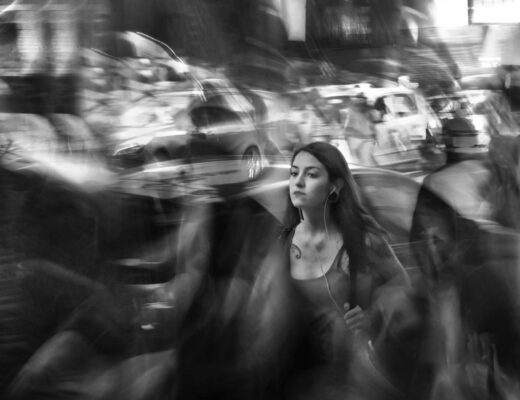Kashmir has witnessed the burns of India-Pakistan rivalry since India got independence from the British rule. Even though the past two decades have been the decades of development and trade booms for India, Kashmir has still remained the hotbed of terrorist attacks, economic collapses, and political unrest. Amidst such developments, it becomes very important for storytellers like me to illustrate Kashmir in a new light and bring to the forefront the real beauty of Kashmir which is not always defined by terrorism, security lockdowns and communication blackouts but by the love and warmth of the Kashmiri people.
I first went to Kashmir in May, 2019 with my team and mentor Kounteya Sinha and it was an instant love. Since then, have visited the place six times.
Initially my first Kashmir visit was just a trip without any plans whatsoever. Later, the scrapping of Article 370 changed everything. In my fourth visit to the place in October, I and my team were greeted by closed shops, streets with massive police deployment and at times not even a single civilian was in sight. According to the locals, the tourism was at an all-time low of just 5%. Majority of the people were sitting idle, with nothing to do, eating away their savings, children were sad because they hadn’t been to their school or met their friends in the last 3 months. And this is what gave rise to Project Bismillah.
I am a firm believer of one camera / one lens philosophy and this is what I mostly follow. I have an X-T10 with the F18-55 2.8 lens for all my needs and I mostly use the same. Initially I was a bit sceptical to bring out the gear in the sub-zero temperatures but apart from the battery draining a bit fast nothing and ever happened. I also got the Fuji X-T30 from FUJIFILM INDIA to test during one of my winter visits to Kashmir and I am very grateful to them.
When I went to Kashmir I found only love and hospitality, quite the opposite of what my friends and family had warned me about. From Pampore in Kashmir, where I documented the saffron cultivation, to the border villages of Ringavali I was welcomed with open arms and people opened their houses to me as if I was their family. In fact, they are so hospitable that when I asked for tea I was given lunch and when I asked permission for a photograph, I was given memories.
There I documented saffron cultivation at Pampore where the best quality saffron is grown. It is also the only place where saffron is grown at such a high-altitude of 1600 meters to 1800 meters above sea level. Most of the women of Pampore are engaged in the saffron farming sector. The Kashmiri saffron was recently given the Geographical Indication (GI) tag by the Geographical Indications Registry in the year 2020.
I also visited Kashmir during its extreme winter phase which is locally known as Chillai Kalan. It is the 40 days of harsh winter phase beginning from 21st December to 31st January. I documented the surreal beauty of the winter landscape and was impressed by the undying spirit of the Kashmiri people. During the Chillai Kalan the temperature plummets to around minus 15 degree Celsius at certain places and life almost comes to a standstill and the discomfort of the cold is exacerbated by the erratic supply of power and water. The sun almost disappears, flights are disrupted and the state is cut off from the rest of the country as heavy snowfall closes down the Jammu-Srinagar highway which is the only highway that connects the Kashmir valley with the rest of India. But the Kashmiris have their own indigenous ways of surviving the biting cold. They use the ‘pheran’ which is a traditional Kashmiri dress made of wool and they keep a ‘kangri’ which is an earthen firepot filled with hot embers under the ‘pheran’ to keep themselves warm. My photographs document how normal daily life continues even when the mercury drops to -15 degree Celsius at certain places. In 2021, Srinagar experienced minus 8.4 degrees temperature during the period of Chilai Kalan, which is the lowest since the year 1991. My photographs also document the world-famous frozen Dal Lake that became a global event.
While I was travelling through the villages of Kashmir, I luckily got a chance to document the lives of Gujjars and Bakarwals. These communities live a nomadic life and migrate to the high altitude regions with their cattle during the summer months. These pastoralists live in makeshift tents which are called ‘kothas’.
Enough has been said and written about the plight of Kashmir. The true purpose of Project Bismillah is to show the true heart and soul of Kashmir and its people, to show that it is still very safe here despite the past turbulent days. People here hoped for a better future, a better future for themselves and their family through this project. I want to make others realize that Kashmir needs us, as its economy is 95% tourism, it needs the love and support of the rest of India to survive, as nothing kills a place like isolation.






























